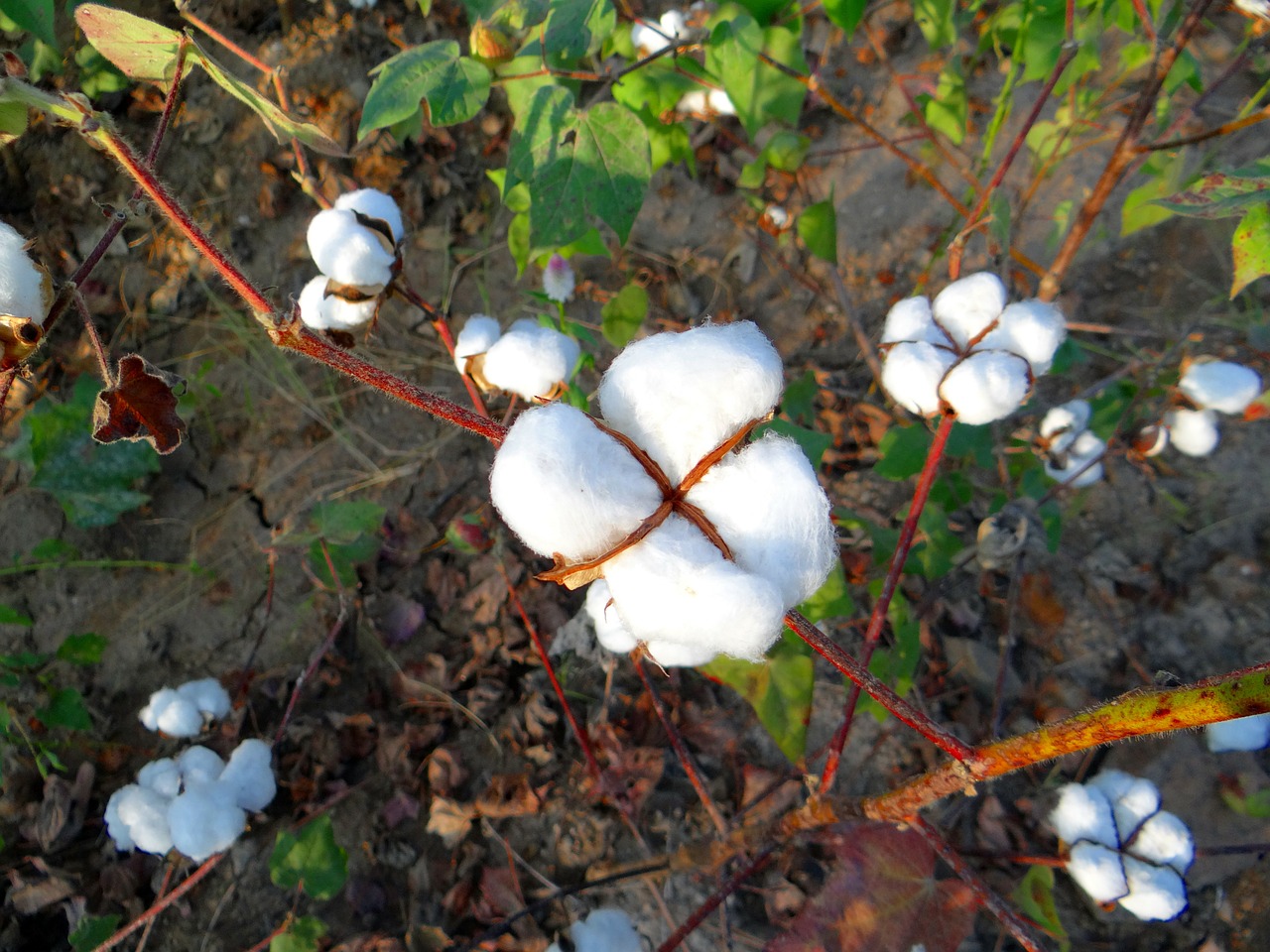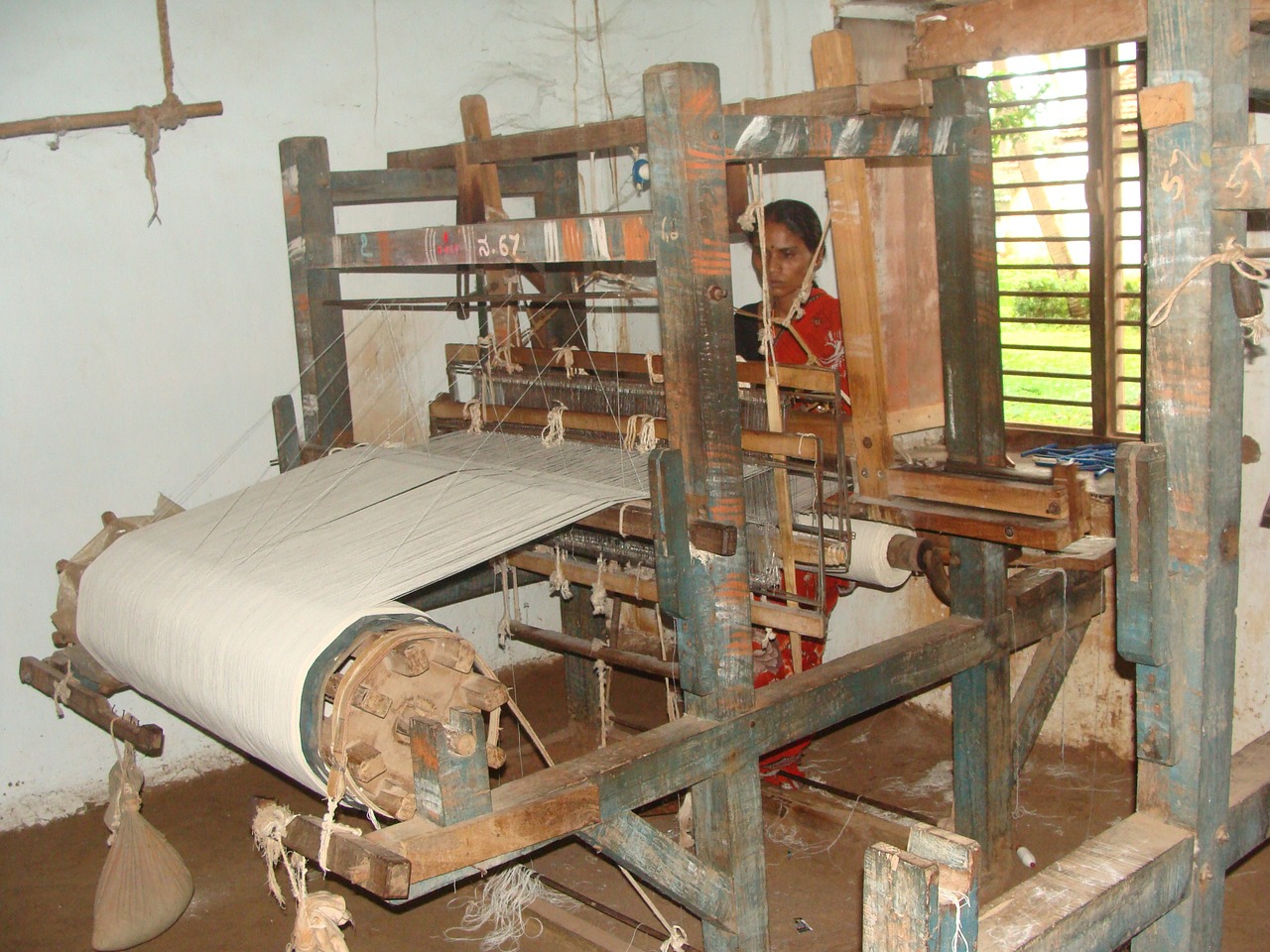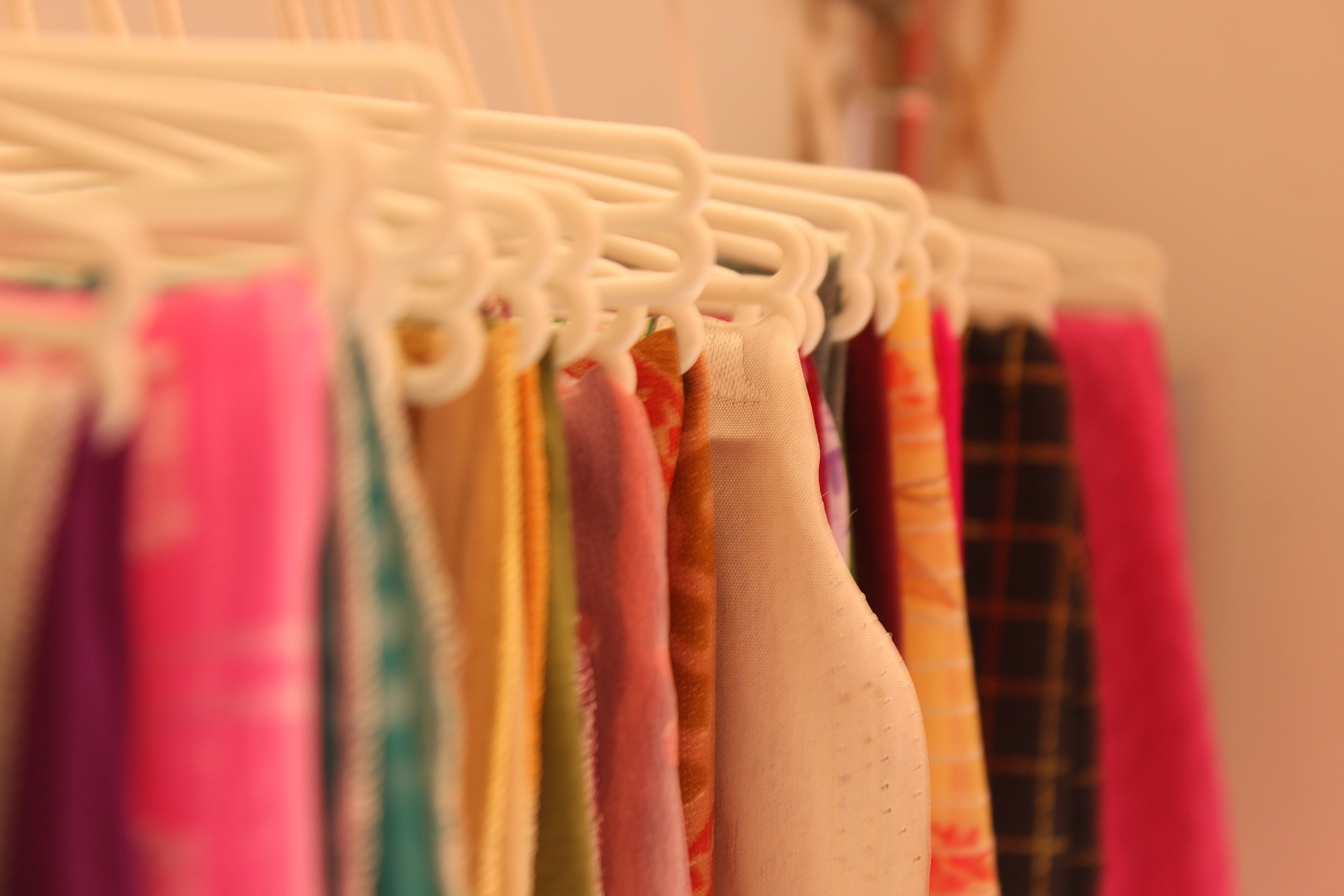7 Eco-Friendly & Sustainable Ideas to Embrace Your Fashionable Side, Without a Big Budget
Promoting fair wages and minimal waste, slow and sustainable fashion demands change in the way we perceive clothing

A friend of this writer once said, “I will just have to reconcile with children in sweatshops making the clothes I wear; after all, who can argue with cheaper prices more affordable.” Needless to say, the listener was horrified. With increasing awareness, more people are now making an effort to live less wasteful lives—yet we sometimes fall woefully short when it comes to clothing choices.
This is the age of fast fashion—trends change every few weeks, or less, and brands keep up by churning out new designs at alarming speed.

Fashion has, over the years become associated with excess and frivolity but beneath the surface the simple fact is that clothing is essential to our lives. There is much to value about fashion (and that is a subject for an entirely different article) but some of its trends and practices can certainly be changed for the better.
Slow fashion is slowly (pun intended) taking over, and its principles are simple—fair wages, eco-friendly fabrics and practices, and minimal to zero waste. But it does demand change in the way we perceive clothing.
From keeping your shopping habits in control to knowing about the supply chain of your favoured brands, a conscious interest in your clothes—and their makers—not only has a positive impact on the environment but also the communities engaged in the production of clothing. Here is what you can do to be part of the slow and sustainable fashion movement.
1. Reduce your wardrobe to only what you need and love
To begin with, keep your shopping habits in check. Retail therapy may be happiness-inducing, but its long-term effect usually includes a pile of unused clothes in our wardrobes. Instead, shop with discretion and buy only what you need or like enough to wear often.
If an occasion demands an ensemble that you will never wear otherwise, consider borrowing or use clothing rentals, an emerging trend that some suggest will pose a grave threat to fast fashion brands in the future.
2. Your choice of materials makes a difference

Take cotton for instance, a crop that is both water- and chemical-intensive. In the ongoing drought across numerous states of India, cotton farmers are among the hardest-hit.
However, organic cotton is gaining ground—not only does it require less water but also substantially less chemicals. On the other hand, Ahimsa or vegan silks are becoming popular as conventional silks raise questions about boiling silkworms to produce the threads. Handspun khadi and traditional techniques are being revived and internationally, bamboo, recycled fabrics and hemp are becoming popular over synthetics.
3. Say no to sweatshops, breeding grounds of labour exploitation
Cheap clothing always a welcome addition to wardrobes, but it often comes at great human cost. In 2013, Rana Plaza in Bangladesh collapsed in a heap, killing 1,134 people all of whom were making clothes for international brands under strenuous conditions. And this is not a stray incident—news reports frequently bring the exploitative working conditions in sweatshops to light.
If a brand, no matter how aspirational or abounding in gorgeous clothes, is repeatedly in the news for malpractices, ditch them for fair-trade labels or factories that conform to regulations for workers safety and other standards.
If enough people refuse to invest in such brands, the industry will be compelled to regulate the measures for workers’ welfare.
4. Ask this: Who made my clothes?
The previous point naturally leads to this one. Remember that prices aren’t the overriding factor in determining whether your clothes are sustainable or not — a great deal of luxury products aren’t always ethical and many surprisingly cheap products often are. It is important to check the supply chain of the brand you purchase from and most importantly, pose the question, “Who made my clothes?”
5. Buy local, and support fair-trade and craft clusters that practice sustainable techniques

Buying local keeps your carbon footprint lower—after all, your clothes haven’t travelled the world to reach your wardrobe. Second, it is a means of sustenance for local weavers and artisans. India is home to countless handlooms and crafts and unfortunately, many of them are dwindling. These karigars need patronage and support for their craft traditions to continue. Many shoppers are ditching big brands for handlooms and old techniques are being revived by designers and organisations to be relevant in contemporary times.
6. How you use your clothes affects your carbon footprint
Washing and drying your clothes might keep them clean, but also increases your carbon footprint and reduces the lifespan of your clothes drastic. Now the solutions: use non-toxic detergent, hand wash as much as possible and remember that air drying is better than the spin tub.
Most of all, wear your clothes more than once before washing. In a tropical country, this can be challenging especially in the heat, but choosing airy fabrics and air drying them can solve the problem to some extent.
7. Finally: recycle, upcycle and donate

While many of us are increasingly conscious about the immortality of plastic, landfills are also choked by immense quantities of clothing.While organuc fabrics are bio-degradable, synthetics may not be so. There’s also the questions of plastic and other non bio-degradable items that make their way into clothing via buttons, zips and other fixtures.
Instead of tossing old clothes, considering repairing them or donating to someone in need. A number of NGOs and other organisations can make use of old clothes in crafting refurbished products as well.
Like this story? Or have something to share? Write to us: [email protected], or connect with us on Facebook and Twitter.
NEW: Click here to get positive news on WhatsApp!
If you found our stories insightful, informative, or even just enjoyable, we invite you to consider making a voluntary payment to support the work we do at The Better India. Your contribution helps us continue producing quality content that educates, inspires, and drives positive change.
Choose one of the payment options below for your contribution-
By paying for the stories you value, you directly contribute to sustaining our efforts focused on making a difference in the world. Together, let’s ensure that impactful stories continue to be told and shared, enriching lives and communities alike.
Thank you for your support. Here are some frequently asked questions you might find helpful to know why you are contributing?


This story made me
-
97
-
121
-
89
-
167











